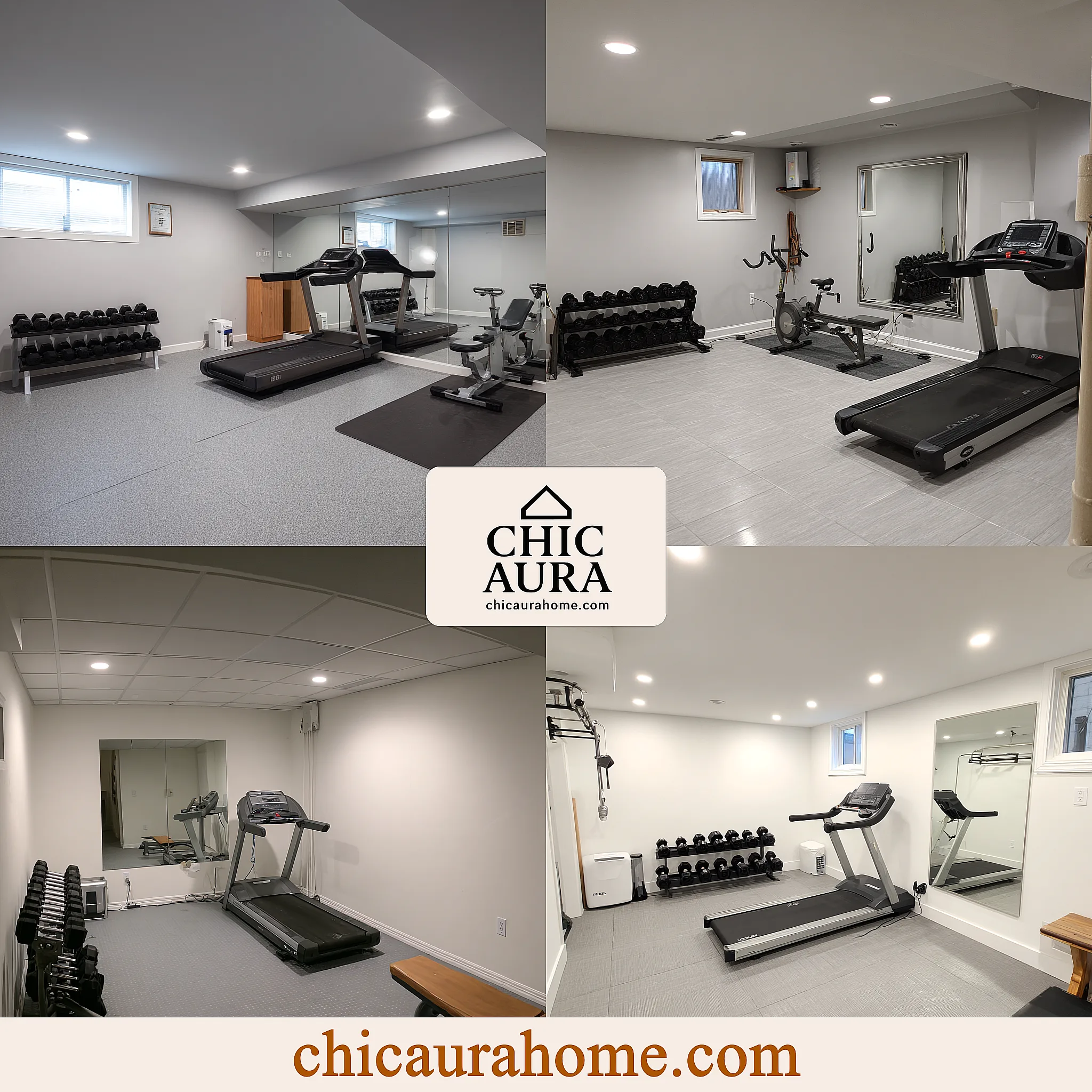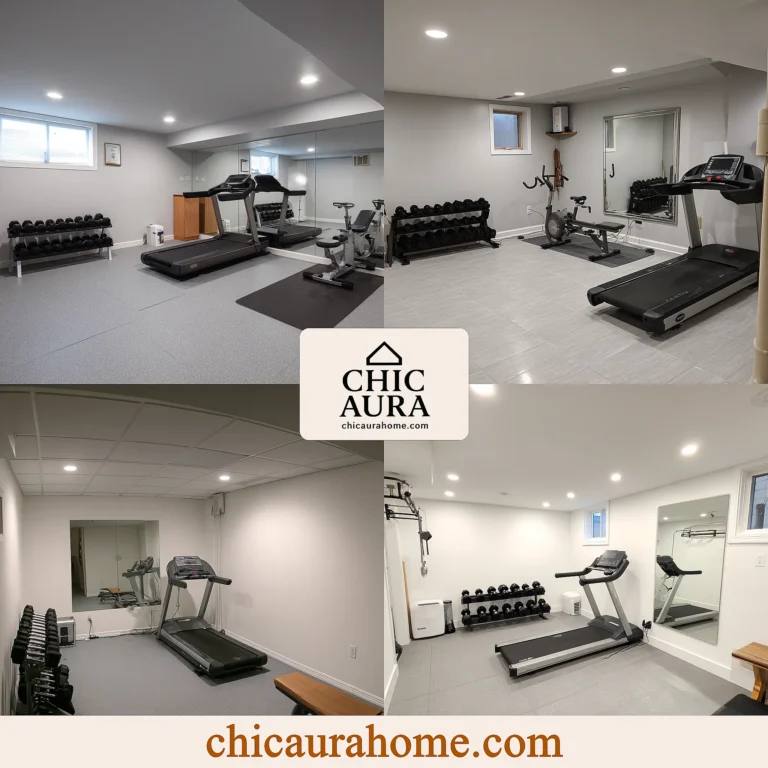
Creating a basement gym with no windows might seem challenging, but it’s a fantastic way to utilize unused space in your home. This setup offers privacy and can be a cost-effective alternative to expensive gym memberships. However, the absence of natural light and ventilation requires thoughtful planning to ensure a comfortable and motivating workout environment. This article will guide you through the essentials of setting up your basement gym, focusing on lighting, ventilation, and equipment selection to overcome the limitations of a windowless space. With 54 expert tips, you’ll learn how to transform your basement into a functional and inviting gym that meets all your fitness needs.
Maximizing Lighting in Your Basement Gym No Windows
Without natural light, artificial lighting becomes crucial in a basement gym. Opt for LED lights for their brightness and energy efficiency. Position lights strategically to avoid shadows and ensure even illumination across the space. Consider adding mirrors to reflect light and create the illusion of a larger area. For a more dynamic environment, install dimmable lights to adjust the intensity based on your workout mood. Remember, good lighting not only enhances visibility but also boosts your energy and motivation during workouts.
Ventilation Solutions for a Basement Gym No Windows
Proper ventilation is essential in a windowless basement gym to maintain air quality and prevent moisture buildup. Install an exhaust fan or a dehumidifier to circulate air and control humidity levels. Portable air purifiers can also help remove dust and odors, creating a fresher workout environment. If possible, connect your gym to the home's HVAC system for consistent temperature control. Regularly opening the door to the rest of the house can also aid in air exchange, ensuring your gym remains a healthy space for exercise.
Choosing the Right Equipment for Your Basement Gym No Windows
Selecting compact and versatile equipment is key in a basement gym with no windows. Focus on items that offer multiple workout options, such as adjustable dumbbells or resistance bands. Ensure there's enough clearance around each piece for safe movement. Consider the noise level of equipment, especially in a basement setting where sound can travel. Rubber flooring can help absorb impact and reduce noise. Planning your equipment layout carefully will maximize your space and enhance your workout efficiency.
Conclusion
Transforming your basement into a gym without windows is entirely achievable with the right approach. By focusing on lighting, ventilation, and equipment selection, you can create a space that's both functional and inspiring. Remember, the key to a successful basement gym is customization—tailor every aspect to fit your personal fitness goals and preferences. As you embark on this project, keep in mind that even small adjustments can significantly improve your workout experience. With these 54 tips, your basement gym will not only meet but exceed your expectations, proving that a lack of windows is no barrier to achieving your fitness dreams.
Frequently Asked Questions
Q: How can I make my basement gym no windows feel less claustrophobic?
Using light colors for walls and flooring can make the space feel more open. Adding mirrors and strategic lighting will also enhance the sense of space. Keeping the area tidy and well-organized prevents clutter, further reducing feelings of confinement.
Q: What are the best types of lighting for a basement gym with no windows?
LED lights are ideal due to their brightness and energy efficiency. Dimmable options allow you to adjust the lighting based on your activity, while cool white bulbs can simulate daylight, helping to energize your workouts.
Q: Can I install a ventilation system myself in my basement gym?
While some ventilation solutions like portable fans or dehumidifiers are easy to set up, more complex systems like exhaust fans may require professional installation to ensure they're effective and safely integrated into your home's existing systems.

